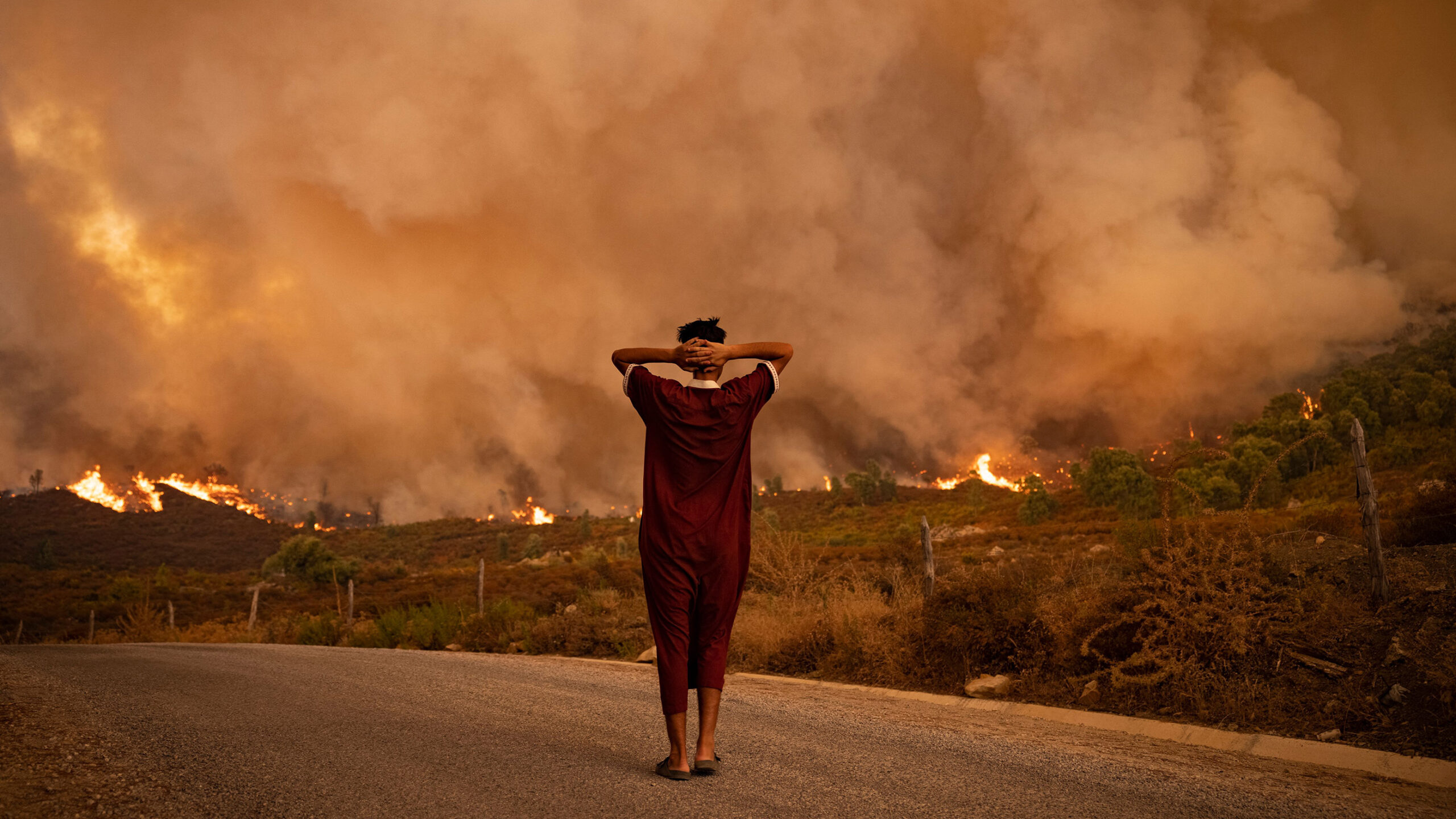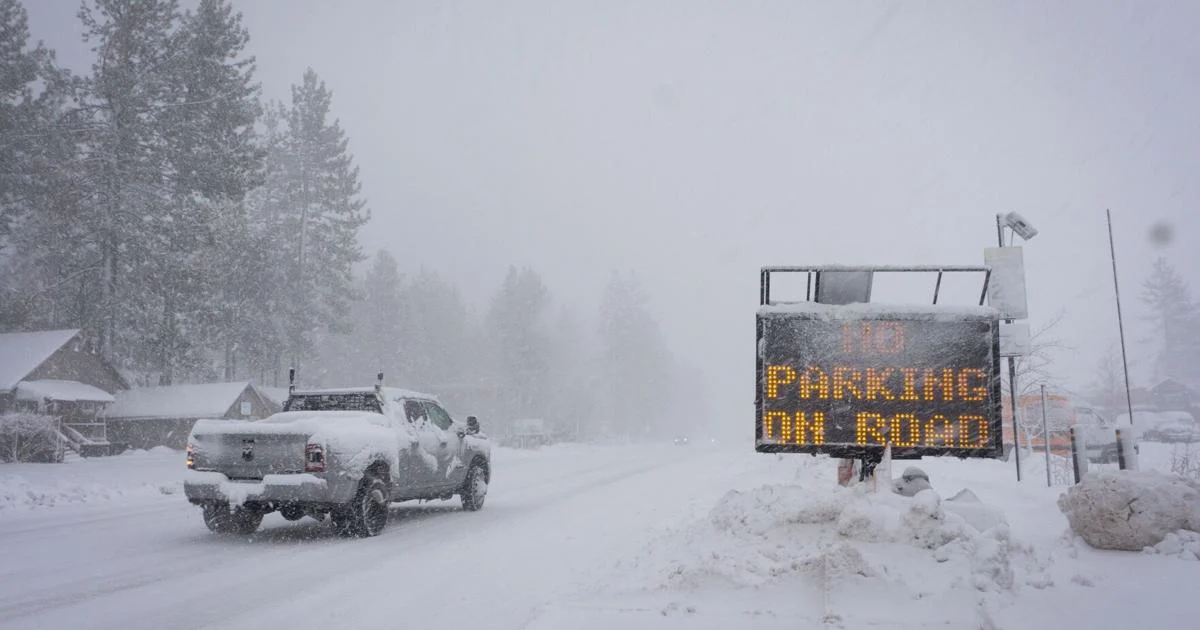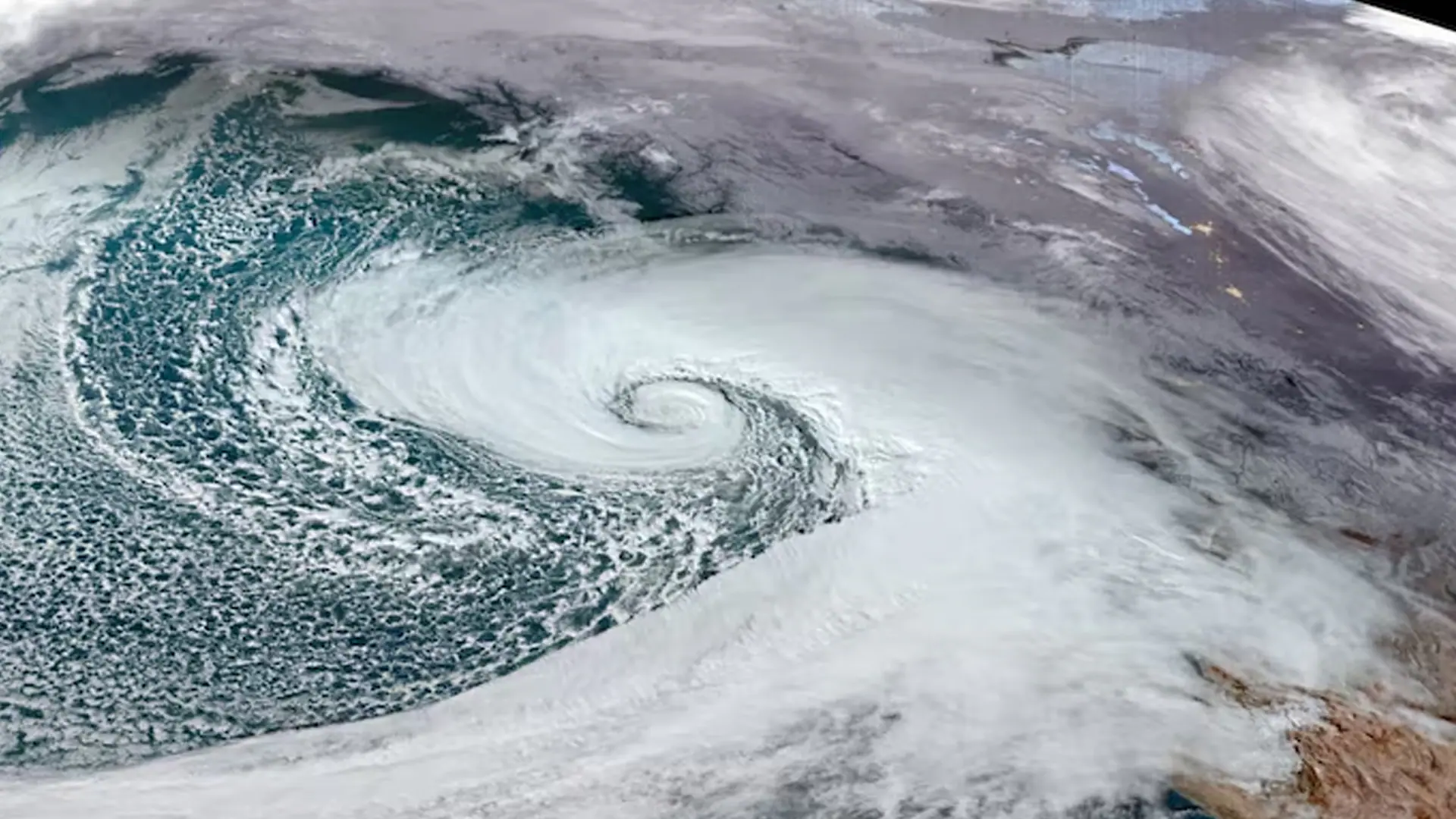Introduction
The Earth’s climate is changing at an unprecedented rate, and the consequences are becoming increasingly visible. Global warming, driven by human activities such as burning fossil fuels, deforestation, and industrial emissions, is altering weather patterns worldwide. Extreme weather events—hurricanes, heatwaves, floods, and droughts—are becoming more frequent and intense. The question we must ask ourselves is: Are we heading toward a future with even more disasters?
The Science Behind Global Warming and Extreme Weather
Global warming occurs when greenhouse gases (GHGs) like carbon dioxide (CO₂), methane (CH₄), and nitrous oxide (N₂O) trap heat in the atmosphere. This leads to rising global temperatures, melting ice caps, and shifting weather systems. According to NASA, the Earth’s average temperature has risen by about 1.2°C since the late 19th century, with most of the warming occurring in the past few decades.
As temperatures rise, the atmosphere holds more moisture, leading to heavier rainfall and severe storms. Warmer oceans fuel stronger hurricanes, while prolonged heatwaves and droughts devastate agriculture and water supplies. The Intergovernmental Panel on Climate Change (IPCC) warns that if global temperatures exceed 1.5°C above pre-industrial levels, the risks of extreme weather will escalate dramatically.
Recent Extreme Weather Events: A Warning Sign
The past decade has seen some of the most destructive weather events in recorded history:
-
Hurricanes and Cyclones: Superstorms like Hurricane Harvey (2017) and Hurricane Ian (2022) caused catastrophic flooding, with rainfall levels exacerbated by warmer air holding more moisture.
-
Heatwaves: In 2022, Europe experienced its hottest summer on record, with temperatures in the UK exceeding 40°C (104°F) for the first time. Thousands died from heat-related illnesses.
-
Wildfires: Australia’s 2019-2020 bushfire season burned over 46 million acres, fueled by extreme heat and drought. Similarly, California and Canada have faced increasingly severe wildfires.
-
Floods: Pakistan’s 2022 floods submerged one-third of the country, displacing 33 million people and causing over $30 billion in damages.
These disasters are no longer rare anomalies—they are becoming the new normal.
Are More Disasters Inevitable?
The short answer: Yes, unless we take drastic action.
Climate models predict that if GHG emissions continue unchecked:
-
Heatwaves will become 5 times more frequent by 2050.
-
Heavy rainfall events will intensify by about 7% for every 1°C of warming.
-
Hurricanes and typhoons will grow stronger, with higher wind speeds and more rainfall.
-
Droughts will last longer, threatening food and water security.
The World Meteorological Organization (WMO) warns that the number of weather-related disasters has increased fivefold over the past 50 years, causing $202 million in daily losses.
What Can Be Done?
While some level of climate change is now unavoidable, we can still reduce future risks through:
1. Cutting Greenhouse Gas Emissions
-
Transitioning to renewable energy (solar, wind, hydro).
-
Phasing out coal and gas-powered plants.
-
Promoting electric vehicles and public transport.
2. Adapting to Climate Change
-
Building flood-resistant infrastructure.
-
Developing early warning systems for extreme weather.
-
Restoring forests and wetlands to absorb CO₂ and reduce flooding.
3. Global Cooperation
-
The Paris Agreement aims to limit warming to 1.5°C, but current pledges fall short.
-
Wealthy nations must support developing countries in climate adaptation.
Conclusion: A Call to Action
Global warming is no longer a distant threat—it is here, and its impacts are intensifying. Extreme weather disasters will become more frequent and deadly unless we act now. Governments, businesses, and individuals must work together to reduce emissions, invest in resilience, and protect vulnerable communities.




